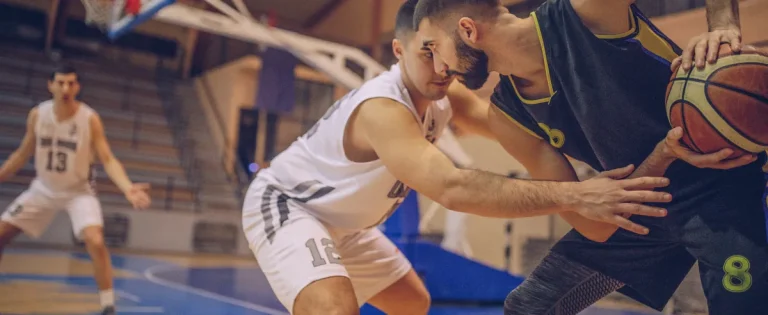Baseline In Basketball | Complete Guide 2024
The baseline in basketball refers to the boundary line that runs along the end of the court, parallel to the backboard and the sidelines. It serves as one of the four boundary lines that define the playing area. Also known as the end line, the baseline plays a crucial role in determining the in-bounds and out-of-bounds areas on the court. It is an essential element of the game and impacts various aspects of gameplay, including scoring opportunities, defensive strategies, and out-of-bounds plays.
The baseline in basketball is the back boundary where players shoot from and stay within bounds.
How long is the baseline in basketball?
The baseline in basketball has a standardized length of 15 feet (4.57 meters). This uniform measurement ensures consistency and fairness across courts, providing a clear reference for players and officials during gameplay.
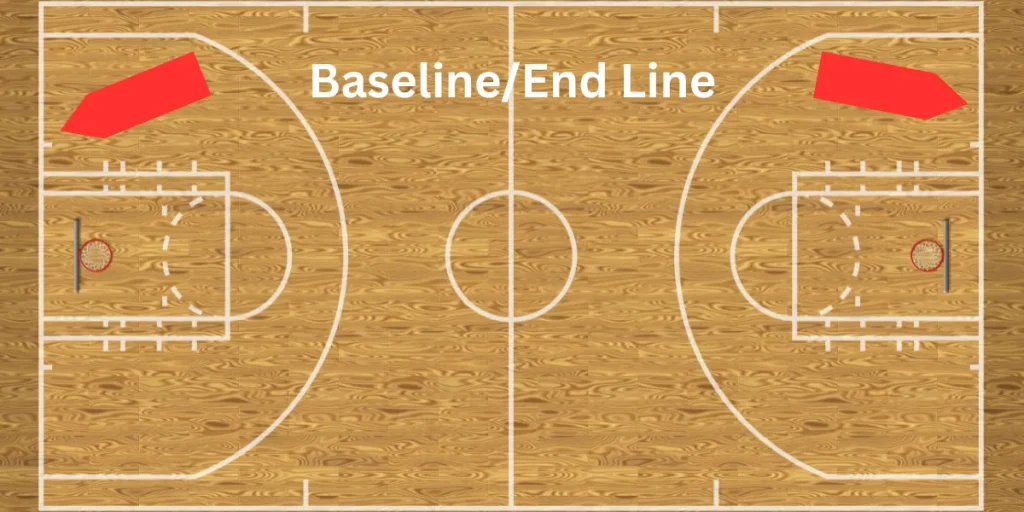
Use of Baseline in Basketball
The baseline is a key area for scoring. Players often utilize it to drive towards the basket for layups or dunks. Jump shots are commonly taken from the corners near the baseline. Understanding how to effectively use the baseline can significantly enhance a team’s scoring opportunities.
Secondly, the baseline marks the out-of-bounds area. If a player possessing the ball steps on or crosses over the baseline, it results in a turnover, granting possession to the opposing team. Thus, players must be mindful of their positioning at the baseline to avoid turnovers.
It also plays a crucial role in inbound plays. After a made basket or when the ball goes out of bounds along the baseline, the team that did not touch the ball last gets the opportunity to inbound from that position. This presents a strategic opportunity for teams to execute plays designed to score points.
Defensively, players often aim to force their opponents towards the baseline. Doing so limits the offensive player’s options for scoring and makes it easier for the defending team to trap them along the sideline, increasing the likelihood of a turnover.
Finally, the baseline is also utilized for setting screens. Players strategically position themselves along the baseline to set screens, either to free up teammates for shots or to impede the progress of opposing players, creating opportunities for their team.
Gameplay and Rules
Out-of-Bounds Rule for the Baseline: According to the rules of basketball, if the ball or a player touches or crosses the baseline, it is considered out-of-bounds. This results in a turnover, and possession is awarded to the opposing team. Out-of-bounds violations along the baseline occur when the ball goes out-of-bounds after a shot, pass, or any other play.
Baseline Out-of-Bounds Plays: When the ball goes out-of-bounds along the baseline, teams have an opportunity to set up strategic plays to inbound the ball and create scoring chances. Baseline out-of-bounds plays involve players positioning themselves strategically to receive the inbound pass and execute a well-designed play. These plays often incorporate screens, cuts, and quick passes to create open scoring opportunities near the basket.
Offensive Strategies Utilizing Baseline Drives: Baseline drives are a common offensive move in basketball. Players dribble or drive along the baseline to bypass defenders and create high-percentage scoring opportunities near the basket. It requires speed, agility, and precise footwork to exploit defensive gaps and pressure the opposing team.
Importance of the Baseline Basketball
The baseline basketball plays a crucial role in both offense and defense in a basketball game. Here’s why it holds importance for both aspects:
Offense:
- Scoring Opportunities: The area near the baseline is a prime scoring zone. Offensive players can utilize it to create high-percentage shots such as layups, dunks, and tip-ins. It provides close-range options for efficient scoring near the basket.
- Baseline Drives: Offensive players often use baseline drives to attack the basket. By dribbling or driving along the baseline, they can bypass defenders and create scoring chances.
- Baseline Out-of-Bounds Plays: When the ball goes out-of-bounds along the baseline, teams have the opportunity to set up strategic plays. Baseline out-of-bounds plays are designed to create scoring opportunities, often involving screens, cuts, and quick passes to catch the defense off guard.
Defense:
- Boundary Marker: The baseline basketball serves as a clear boundary line for defenders to protect. By positioning themselves well and preventing offensive players from penetrating the baseline, defenders can restrict easy access to the basket and disrupt the opponent’s offensive flow.
- Preventing Easy Scoring Opportunities: Defending the baseline is crucial for preventing opponents from scoring easily near the basket. By maintaining strong defensive rotations and help-side defense, defenders can close off passing lanes and force opponents into tougher shots or turnovers.
- Out-of-Bounds Defence: Defenders must be aware of the baseline during out-of-bounds situations. By applying pressure and denying easy inbound passes, they can disrupt offensive plays and limit scoring opportunities for the opposing team.
Strategy for Both Teams
The baseline in basketball offers several strategic opportunities for both offensive and defensive play. Here are some strategies related to the baseline:
1. Offensive Strategies
Offensive players can utilize quick dribbles or drives along the baseline to penetrate the defense and create scoring opportunities near the basket. This strategy puts pressure on the defense to rotate and opens up passing options for kick-outs or interior passes.
Teams can design specific plays to take advantage of baseline out-of-bounds situations. These plays involve well-timed cuts, screens, and misdirections to create open shots or scoring chances near the basket.
The proximity of the baseline to the backboard allows offensive players to employ bank shots effectively. Utilizing the backboard as a target can increase the chances of a successful shot, especially in tight spaces near the baseline.
2. Defensive Strategies
Defenders can focus on denying baseline drives and penetration by positioning themselves between the offensive player and the basket. This strategy aims to force the offensive player away from the baseline and into less advantageous positions on the court.
When an offensive player drives along the baseline, defenders can provide help-side support to impede their progress. This involves rotating quickly to cut off driving lanes, contest shots, and discourage easy scoring opportunities near the basket.
Defenders must be alert and communicate effectively to disrupt baseline out-of-bounds plays. This includes denying inbound passes, switching assignments, and anticipating the offensive team’s intended actions to limit their scoring options.
FAQs
Can you run baseline in the NBA?
In the NBA, players can run along the baseline during gameplay to create scoring opportunities and defensive positioning. It is a common and effective strategy that contributes to the flow of the game.
What is the difference between the sideline and baseline?
In basketball, the sideline is the boundary line on the sides of the court, marking the out-of-bounds area. The baseline is the boundary line at the end of the court, parallel to the backboard, also marking the out-of-bounds area behind the backboard.
Who is the fastest NBA player from baseline to baseline?
The fastest player from baseline to baseline in the NBA can vary over time. Notable players like Russell Westbrook, John Wall, De’Aaron Fox, and Derrick Rose have been recognized for their speed and quickness. Individual speed depends on factors such as physical condition, playing style, and game situations.
Conclusion
The baseline in basketball holds significant importance and contributes to the game. It serves as a boundary marker, determines scoring opportunities, and influences strategies on both offense and defense. The baseline plays a vital role in fair play, scoring near the basket, and defensive considerations. Its presence enhances the overall dynamics and excitement of the game.

Passionate basketball player striving for excellence on and off the court. Dedicated to the game since youth, I have honed skills through years of practice. Explore my journey, gear reviews, and dunking tips. Let’s elevate our game together!


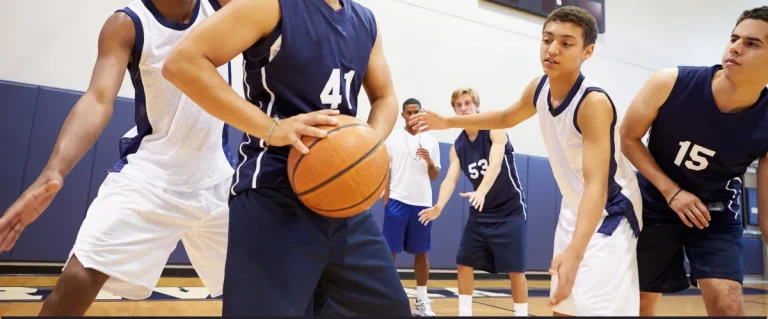
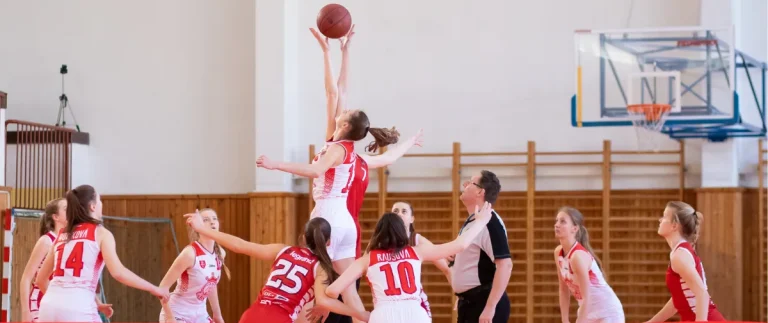

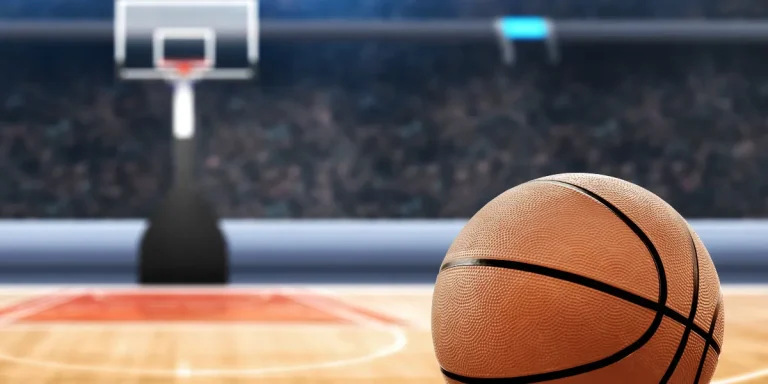
![Why Do NBA Basketball Players Wear Leg Sleeves? [Reasons & Benefits]](https://basketballsolution.com/wp-content/uploads/2023/09/NBA-Basketball-Players-Wear-Leg-Sleeves-768x402.webp)
